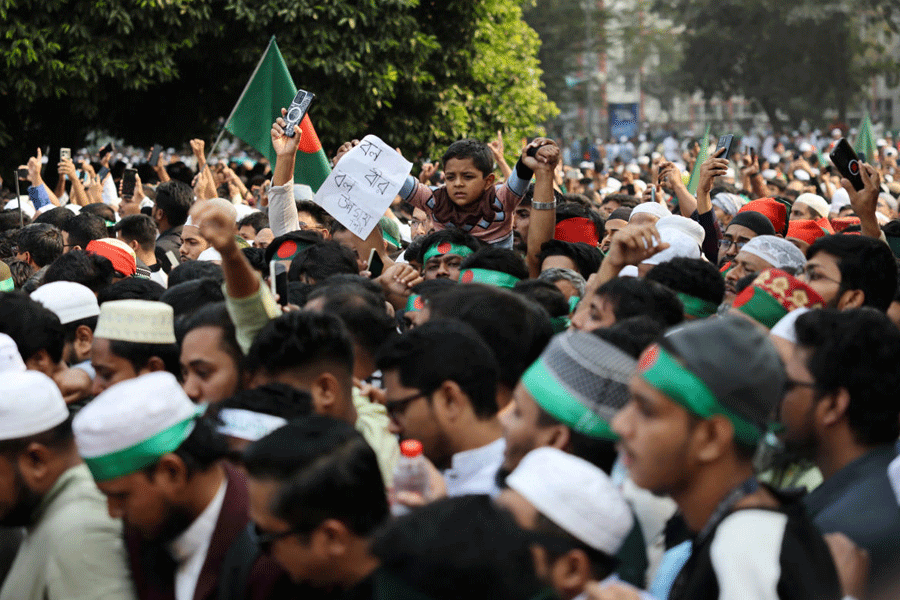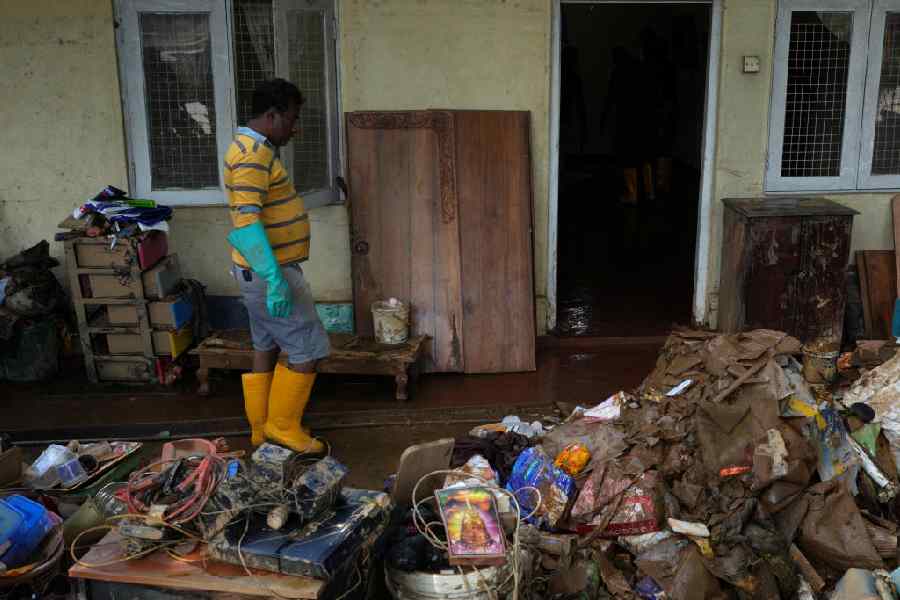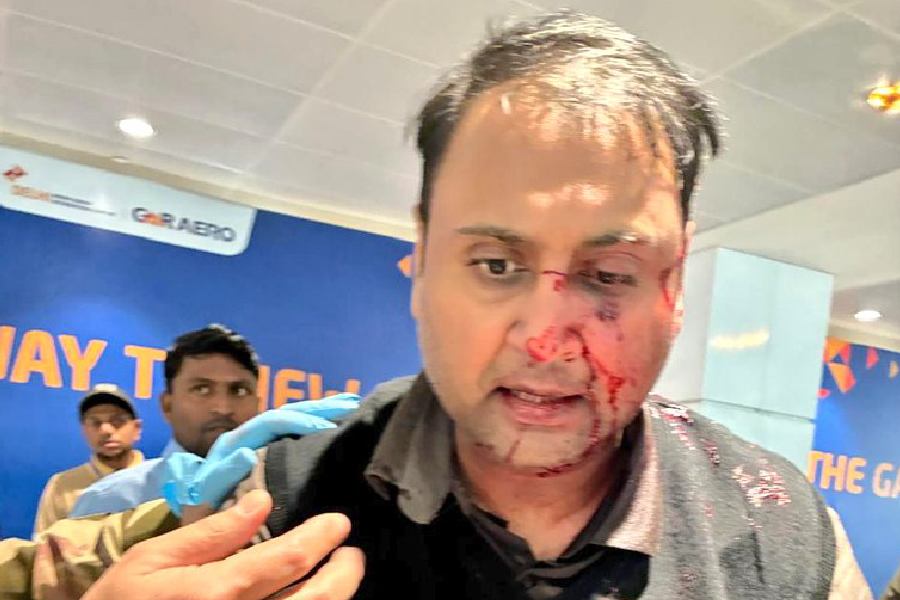I ndia’s first study to explore sex disparity in childhood cancers has suggested that more boys than girls are diagnosed with cancer because of a community-level bias that leads to fewer girls being screened. The study, published in Lancet Oncology, also found that the number of girls seeking cancer care goes down where out-ofpocket expenditure is higher. This is not surprising as the gendered nature of access to healthcare is well-established. A 2019 study published in the British Medical Journal showed that in a given year, of the 23.8 lakh patients who visited the All India Institute of Medical Sciences, Delhi for outpatient consultations, as many as 63% were men and only 37% were women. Incidentally, the National Sample Survey for the same year showed that more women fell ill than men. But high OOP expenditure is not the only thing stopping Indian women from getting medical help for a range of diseases; social stigma is a formidable obstacle. For instance, tuberculosis is the third leading cause of death for women in India even though treatment for it is available for free. In 2021, 18% of women suffering from TB were shunned by their husbands, 25% of them reported severe discrimination at home, and 40% of them stated they were considered ‘non-marriageable’. The demand of patriarchy on women to be healthy child-bearers endures, as does its price on women.
There is also the spectre of cultural shame associated with the body. Women would rather hide suspicious lumps, discharge or discoloured patches than expose themselves to examination. Even when they do complain, they are often dismissed or misdiagnosed. On average, Indian women are diagnosed with heart disease seven to ten years later than men because it manifests as shortness of breath, nausea and vomiting instead of textbook chest pain, leading to misdiagnosis. Embedded rituals — women traditionally eat last and the least — play their role, leading to deficiencies contributing to high maternal mortality and malnourishment rates. Physical health is not the only area of concern either. A study in BMC Medicine concluded that women are more likely to have depressive episodes than men and, yet, are also more likely to be affected by the historical burden of being perceived as hysterical. This burden, as the study reaffirmed, is unlikely to dissipate in a gender-blind India.











